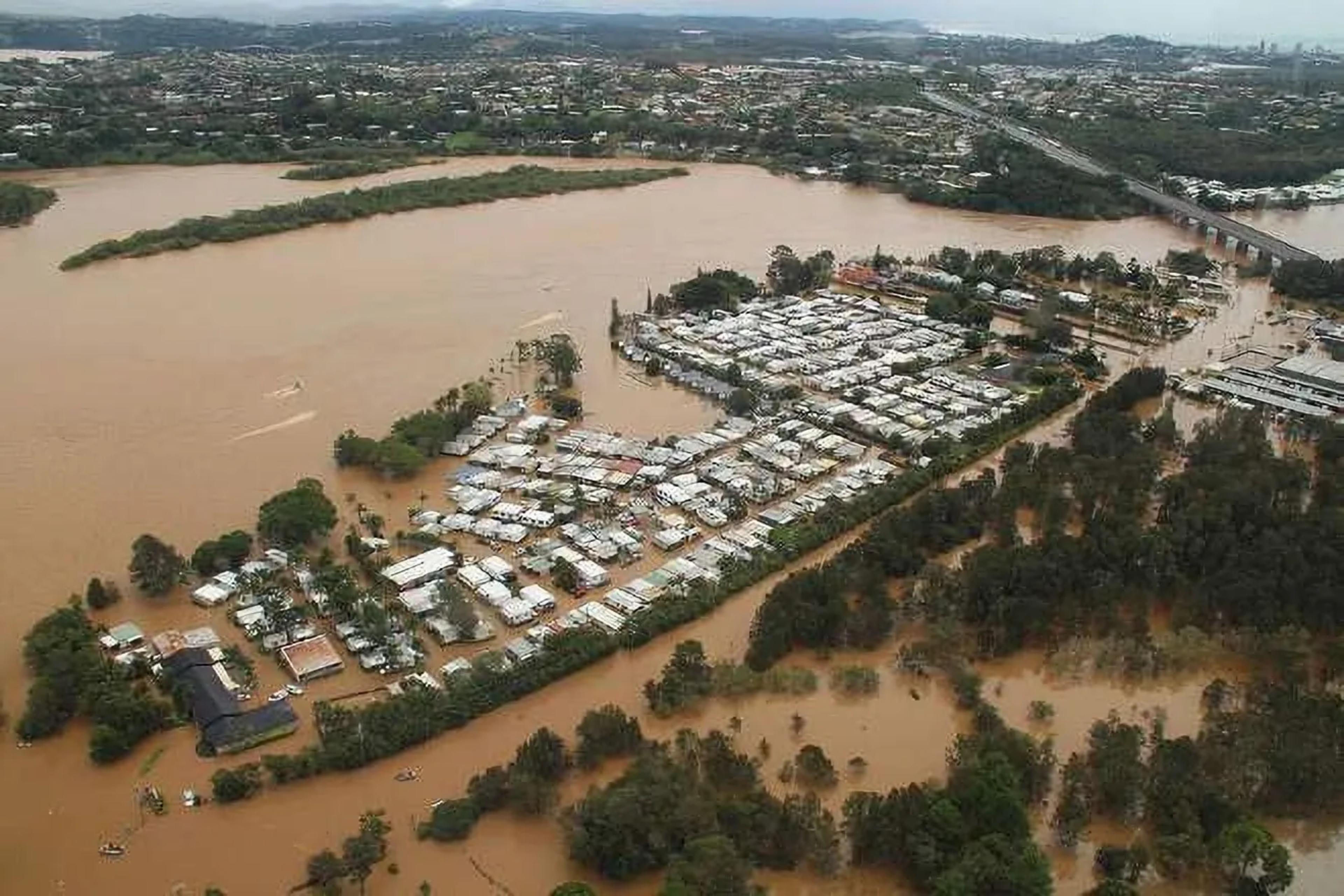Worst Two Recorded Floods in Tweed Heads NSW

What is the Worst Recorded Flood in the history of Tweed Heads NSW?
February 2022
The worst recorded flood in Tweed Heads, NSW, in recent history occurred in February 2022. This flood was officially recognized as one of the biggest in the Tweed’s recorded history, with many areas recording unprecedented river levels. The Tweed River at Murwillumbah peaked at 6.5 meters, which was 200mm higher than the devastating 2017 flood. This flood event was also more widespread than the one in 2017, affecting various localities including Tumbulgum, Bogangar, Tweed Heads South, and Pottsville. The impact was significant, with more than 2,100 homes damaged and an estimated 1,600 residents displaced. The damage to public infrastructure, including roads and Council buildings, was extensive, with repair costs estimated to be up to $100 million.
March 2017
The second worst recorded flood in Tweed Heads, NSW, occurred in March 2017. This catastrophic event was brought on by ex-Tropical Cyclone Debbie, which led to a massive downpour of 450mm of rainfall in an area that was already soaked from previous rains. The flood significantly impacted the entire region, with numerous residents trapped or forced to evacuate. The floodwaters were so severe that they washed away houses, roads, bridges, and even inundated the Pacific Highway, effectively cutting the Shire in two and disrupting the main roadway linking NSW and Queensland.
This 2017 flood event was particularly devastating, claiming the lives of six people, including a tragic incident where a mother and her two children lost their lives. The aftermath saw over 2,100 homes inundated and hundreds of businesses impacted, with more than 18,000 tonnes of debris eventually ending up as landfill. The total cost of the disaster for Tweed Shire Council was estimated at around $46.65 million, encompassing damages to bridges, roads, council vehicles, water and sewerage infrastructure, and other community assets.
The 2017 flood in Tweed Heads is considered one of the most significant in the area's history, both in terms of its immediate impact and the long-term changes it spurred in local flood management and preparedness.
